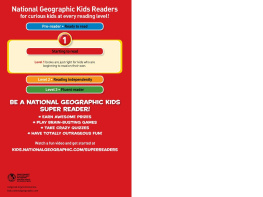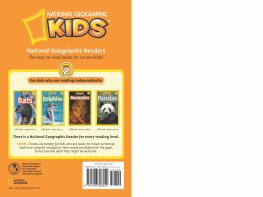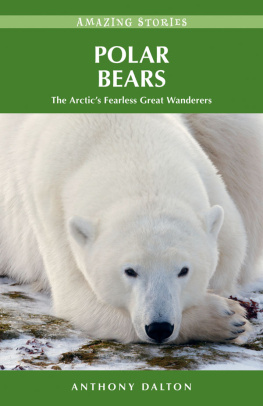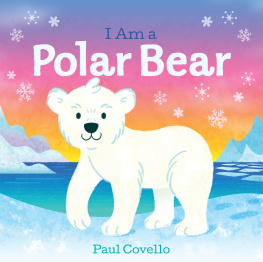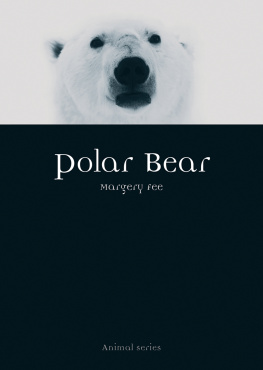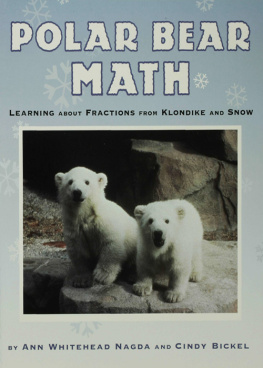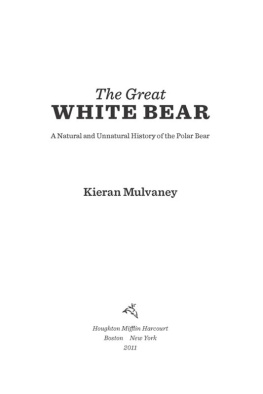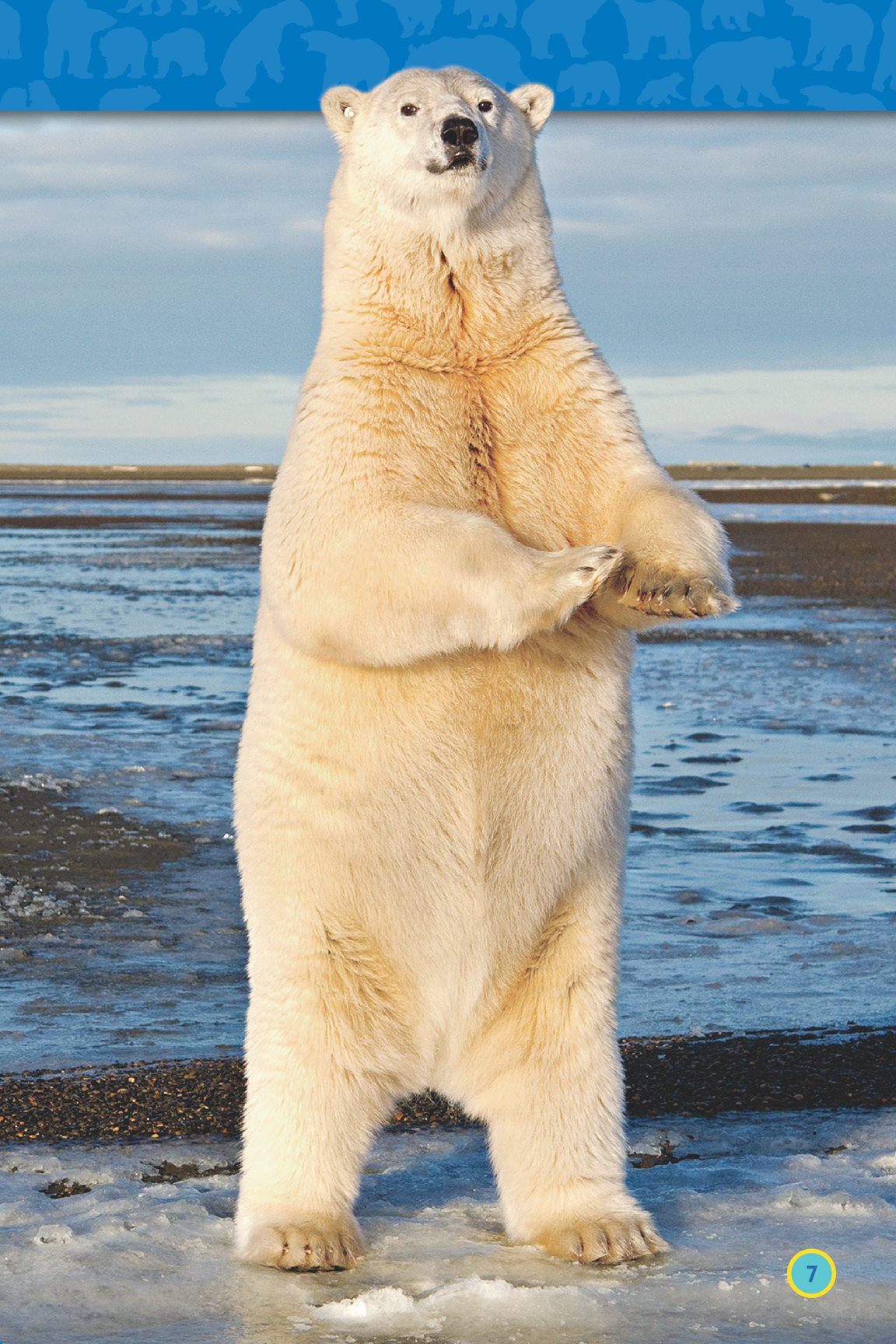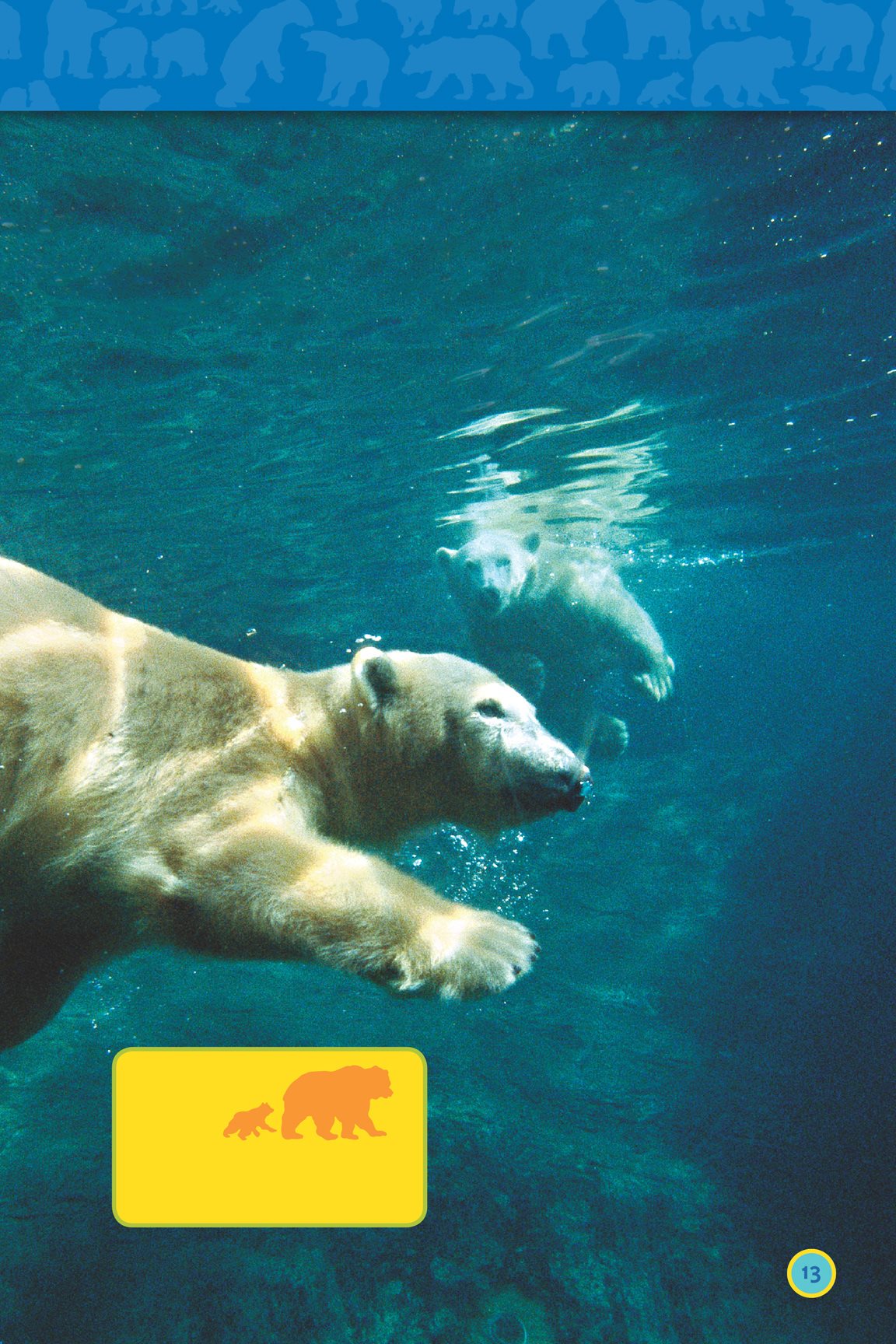Table of Contents
Guide

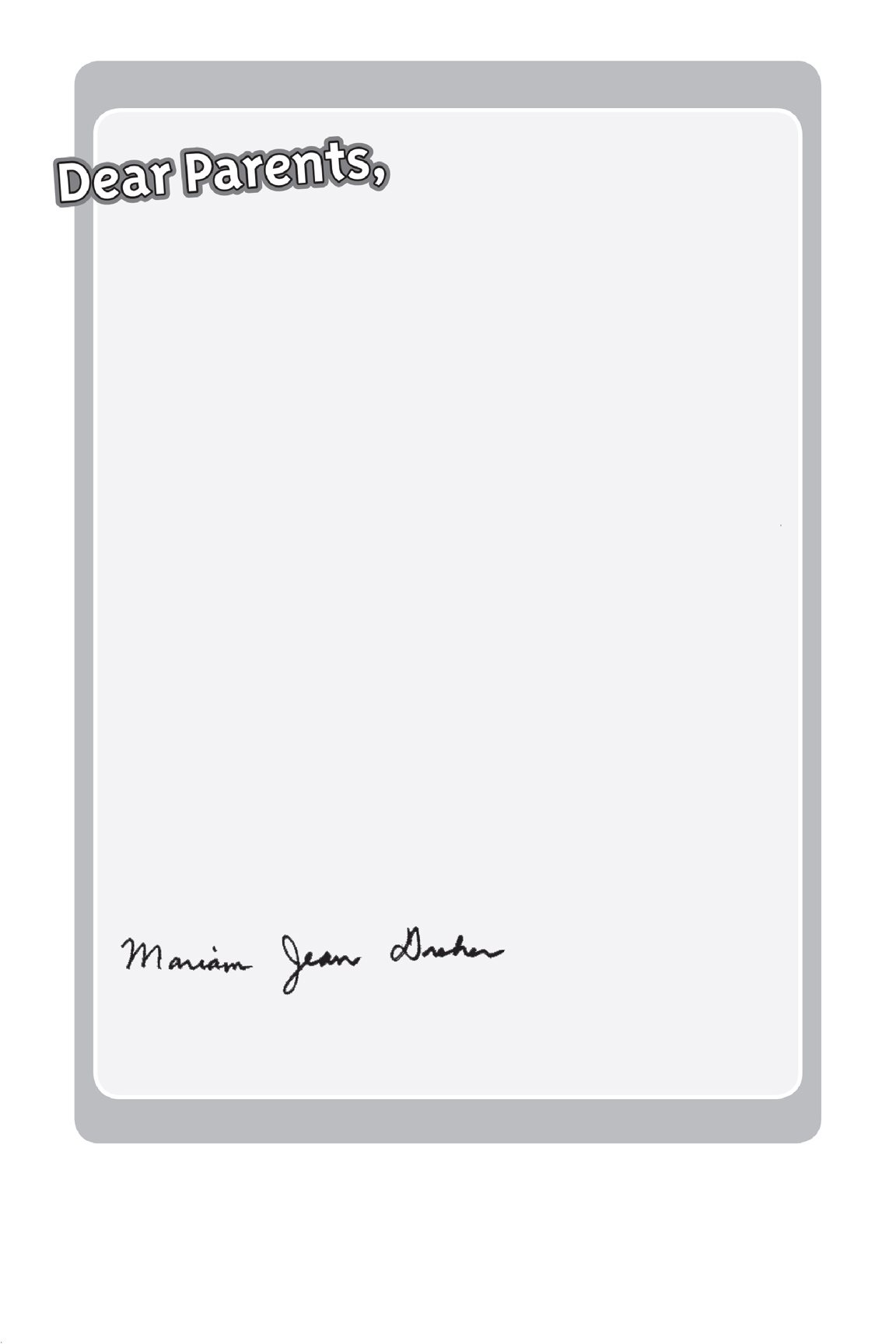
Children are naturally curious about the world around them, and
curiosity is a powerful motivation for reading. Studies show that
informational reading is critical to success in school. National
Geographic Readers allow you to feed your childrens interests
and create readers who not only can read, but also want to read!
To sustain childrens excitement about reading, we have created
a new program called NATIONAL GEOGRAPHIC SUPER READERS .
As kids read each National Geographic Reader, they cross off its
picture on a free National Geographic Super Readers poster that
parents can download from kids.nationalgeographic.com/superreader.
After reading four books, kids and parents go to the website and
download specially designated prizes that reward their effort. Kids
can have even more reading fun online, with lively book-related
quizzes and games, fascinating excerpts, and sneak previews of
upcoming books.
The National Geographic Super Readers program appeals to kids
love of accomplishment while providing them with incentives
to keep reading. When the reading experience is fun, children learn
more and achieve more. What could be better than that?
Sincerely,
Mariam Jean Dreher
Professor of Reading Education
University of Maryland, College Park
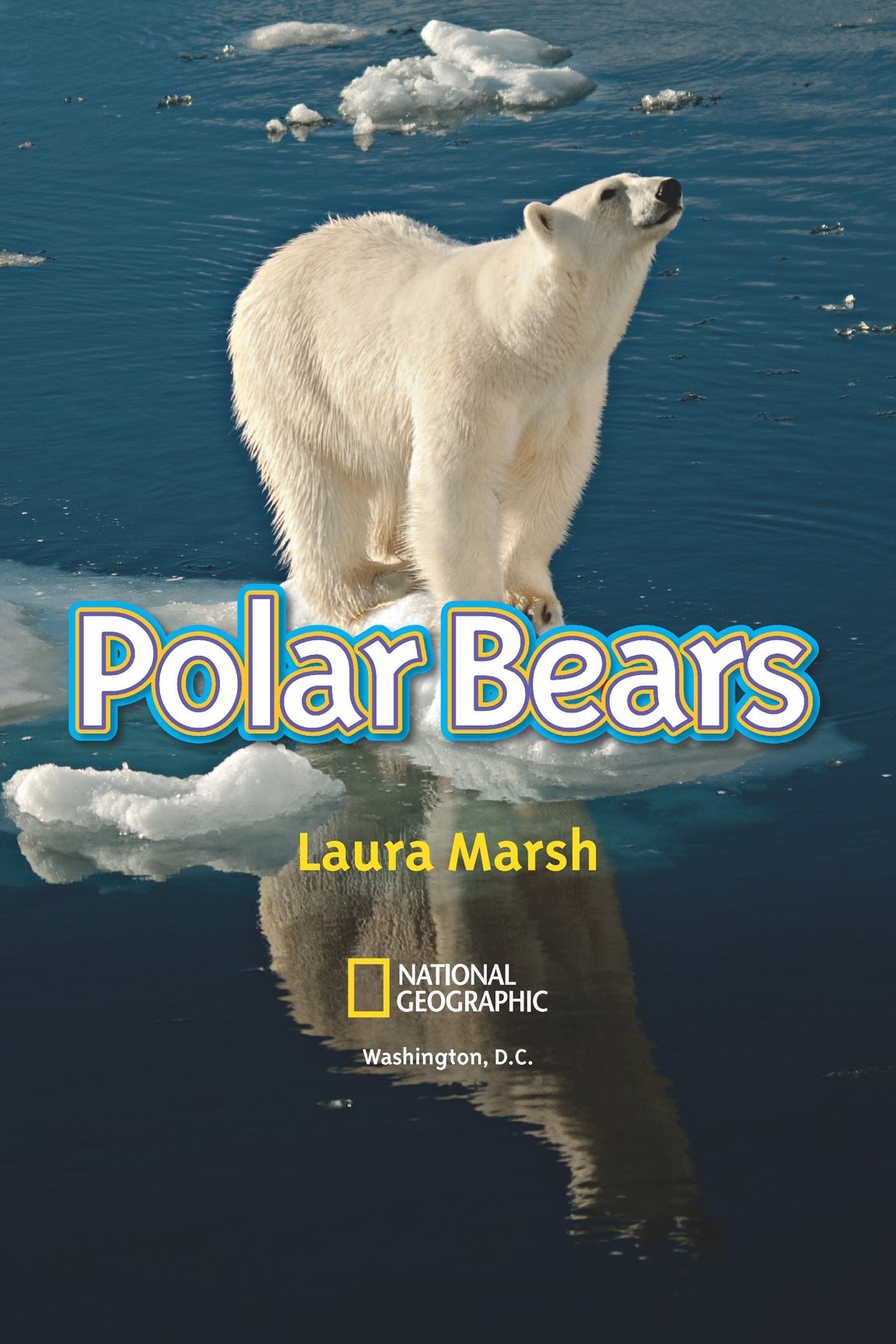
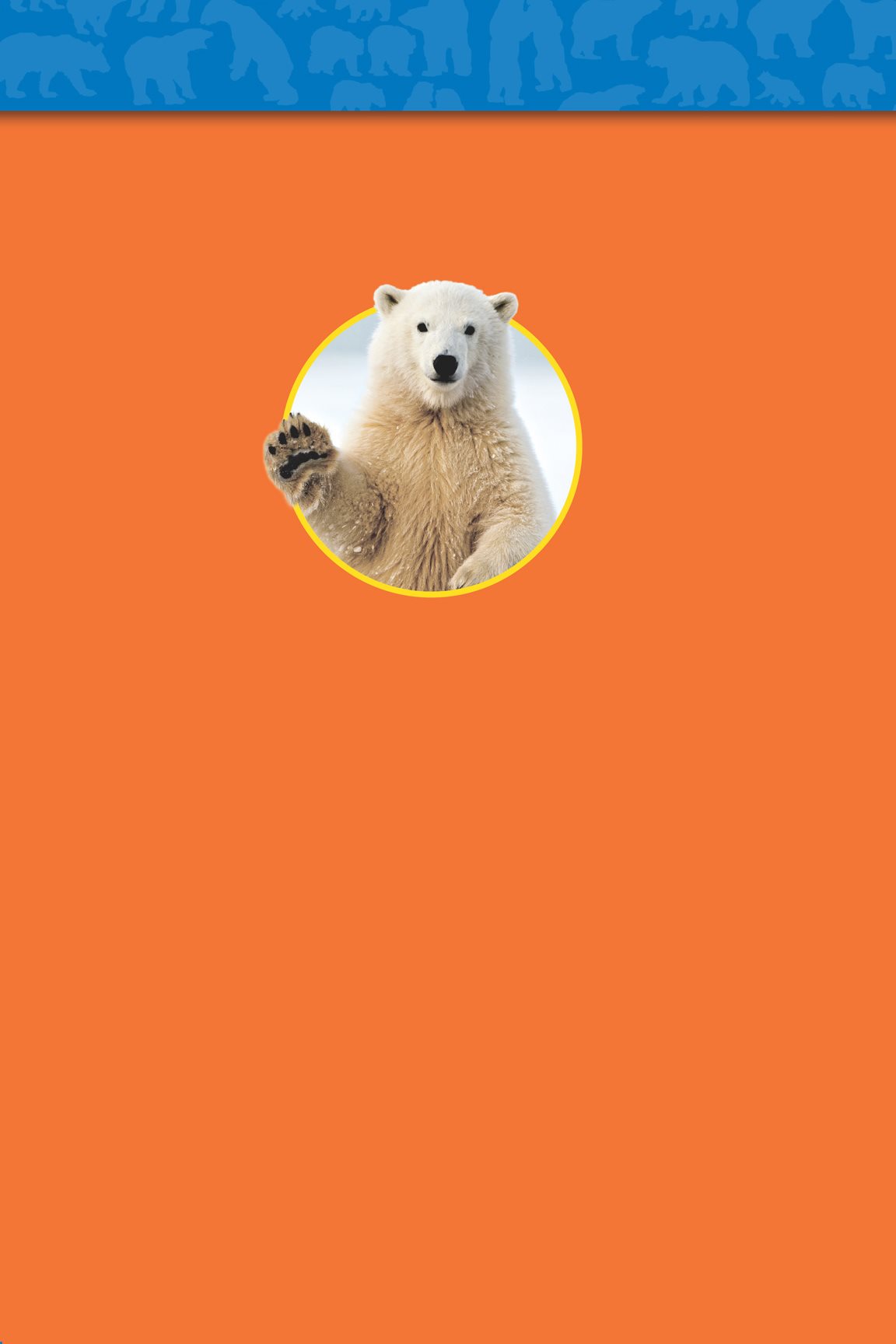
For Eva L. F. M.
The publisher and author gratefully acknowledge the expert assistance of Geoff York of WWF Canada.
Copyright 2013 National Geographic Society Published by the National Geographic Society, Washington, D.C. 20036. All rights reserved. Reproduction in whole or in part without written permission of the publisher is prohibited.
Book design by YAY! Design
eBook ISBN: 978-1-4263-1415-5
Paperback ISBN: 978-1-4263-1104-8
Library ISBN: 978-1-4263-1105-5
Photo credits
Cover, Klein-Hubert/Kimball Stock; 1, Judith Conning/National Geographic My Shot; 2, Steven Kazlowski /naturepl.
com; 4, Ralph Lee Hopkins/National Geographic Creative/Getty Images; 6, Hemis/Alamy; 7, Siddhardha Gargie/
National Geographic My Shot; 8, Steven Kazlowski /naturepl.com; 9, Steven Kazlowski/naturepl.com; 10, Michael
Weber/SuperStock; 12, ZSSD/Minden Pictures/Corbis; 14, SuperStock; 15, Flip Nicklin/National Geographic Stock; 16,
Alaska Stock/Corbis; 16-17, Richard Ress/National Geographic My Shot; 18, Matthias Breiter/Minden Pictures; 20, Rolf
Hicker Photography/Alamy; 22 (UP), gary718/Shutterstock; 22 (CTR), Matt Propert/National Geographic Stock; 22 (LO),
Christopher Drake/National Geographic My Shot; 23 (UPLE), EcoStock/Shutterstock; 23 (UPRT), Flip Nicklin/Minden
Pictures; 23 (LOLE), primopiano/Shutterstock; 23 (LORT), John Conrad/Corbis; 24, Jenny E. Ross/Corbis; 25, Matthias
Breiter/Minden Pictures; 26, T.J. Rich/naturepl.com; 28 (UP), Daniel J Cox/Getty Images; 28 (LO), AFP/Getty Images; 29,
Linda Drake/National Geographic My Shot; 30 (LE), Keith Levit Photography RF/Getty Images; 30 (RT), Valerie Abbott/
National Geographic My Shot; 31 (UPLE), Sergey Rusakov/Shutterstock; 31 (UPRT), Matt Propert/National Geographic
Stock; 31 (LOLE), Pradeep Chitta/National Geographic My Shot; 31 (LORT), Vladimir Melnik/Shutterstock; 32 (UPLE),
Fedorov Oleksiy/Shutterstock; 32 (UPRT), Flip Nicklin/National Geographic Stock; 32 (LOLE), Andy Barnes/National
Geographic My Shot; 32 (LORT), Uryadnikov Sergey/Shutterstock; header, Nebojsa S/Shutterstock

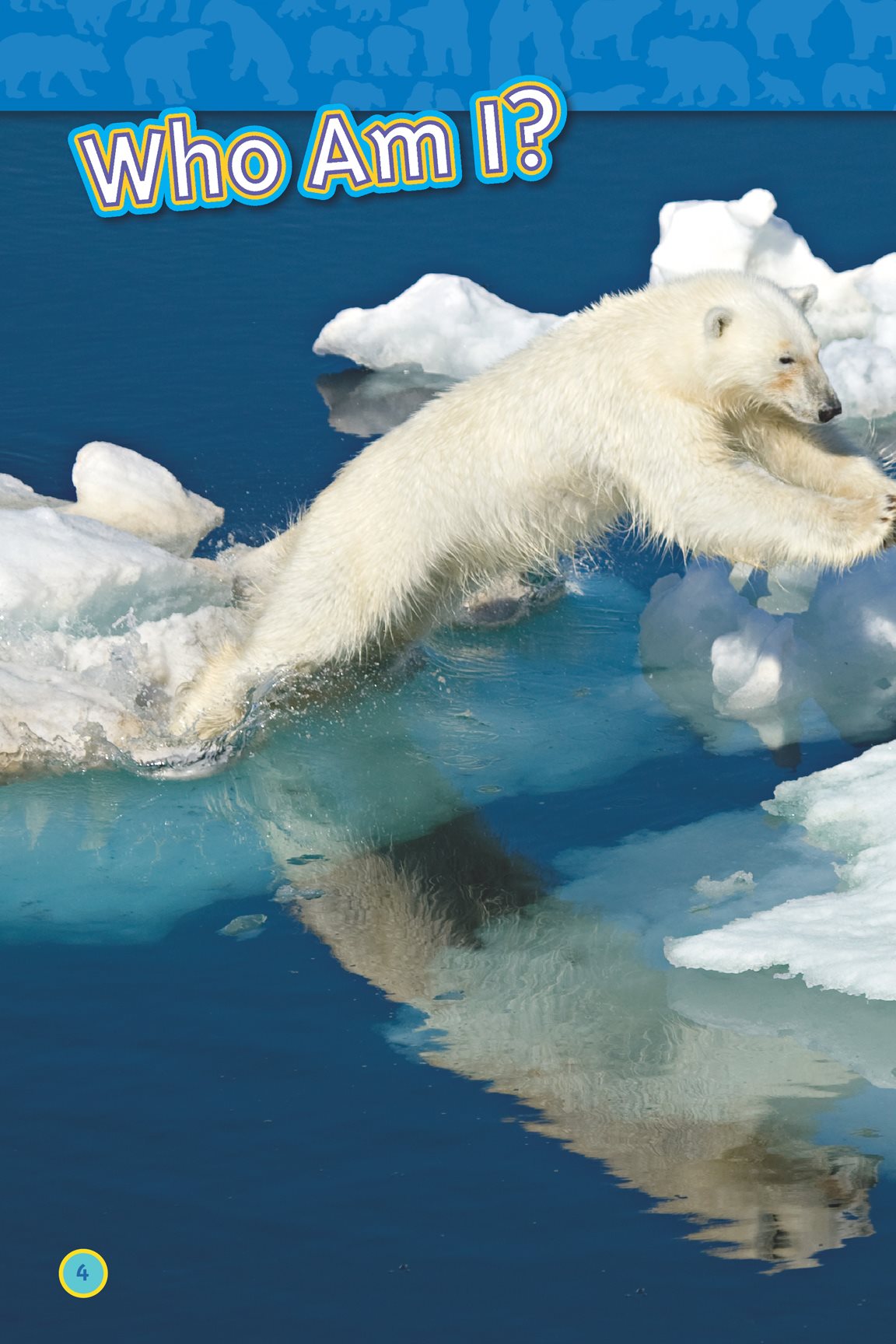
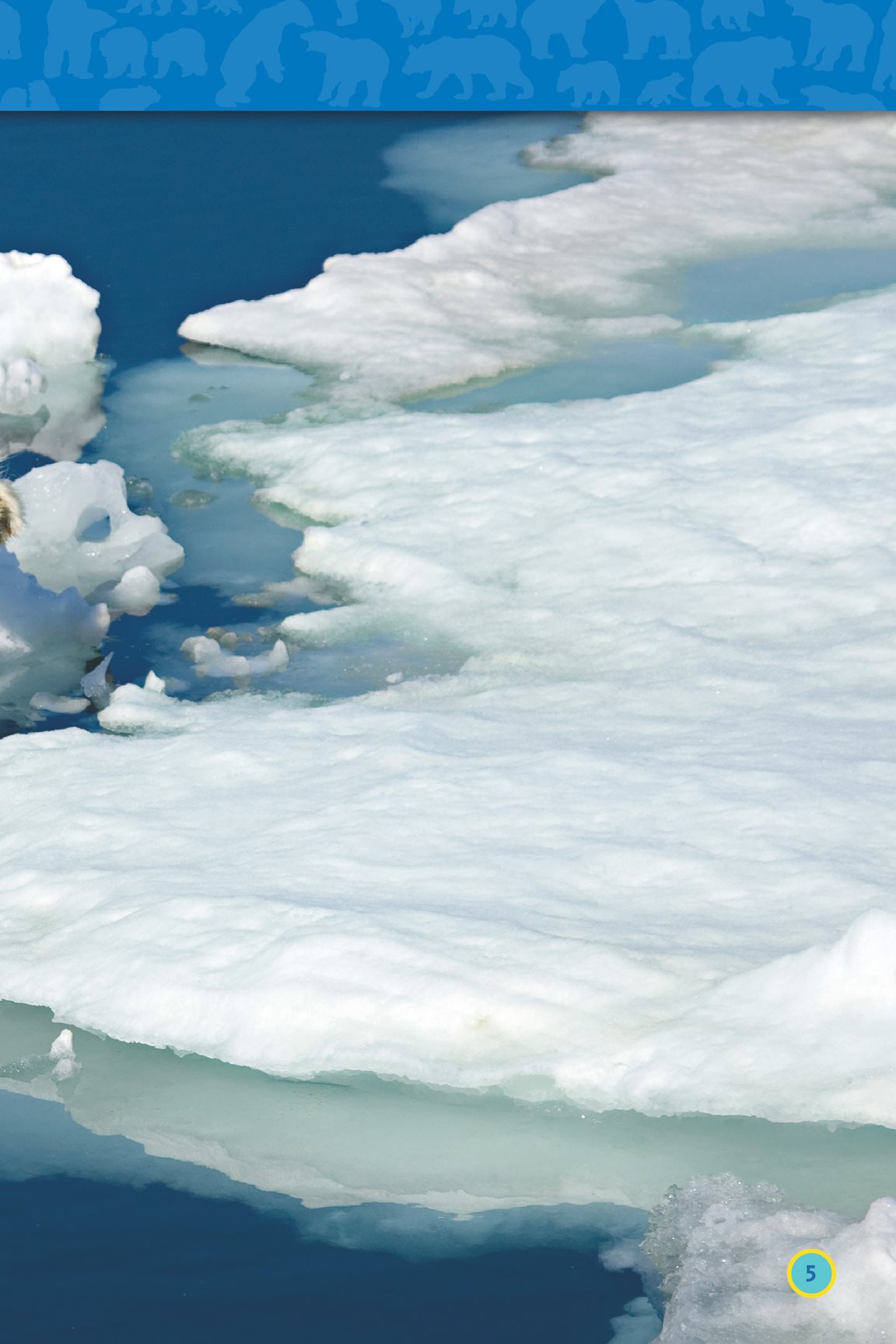
Im white and
furry, and I
swim in the sea.
The cold snow
and ice are just
right for me.
Who am I?
A polar bear!

Have you seen a polar bear in a zoo?
Polar bears are big really big.
They are the biggest meat- eaters
on land. A polar bear can weigh as
much as seven men!
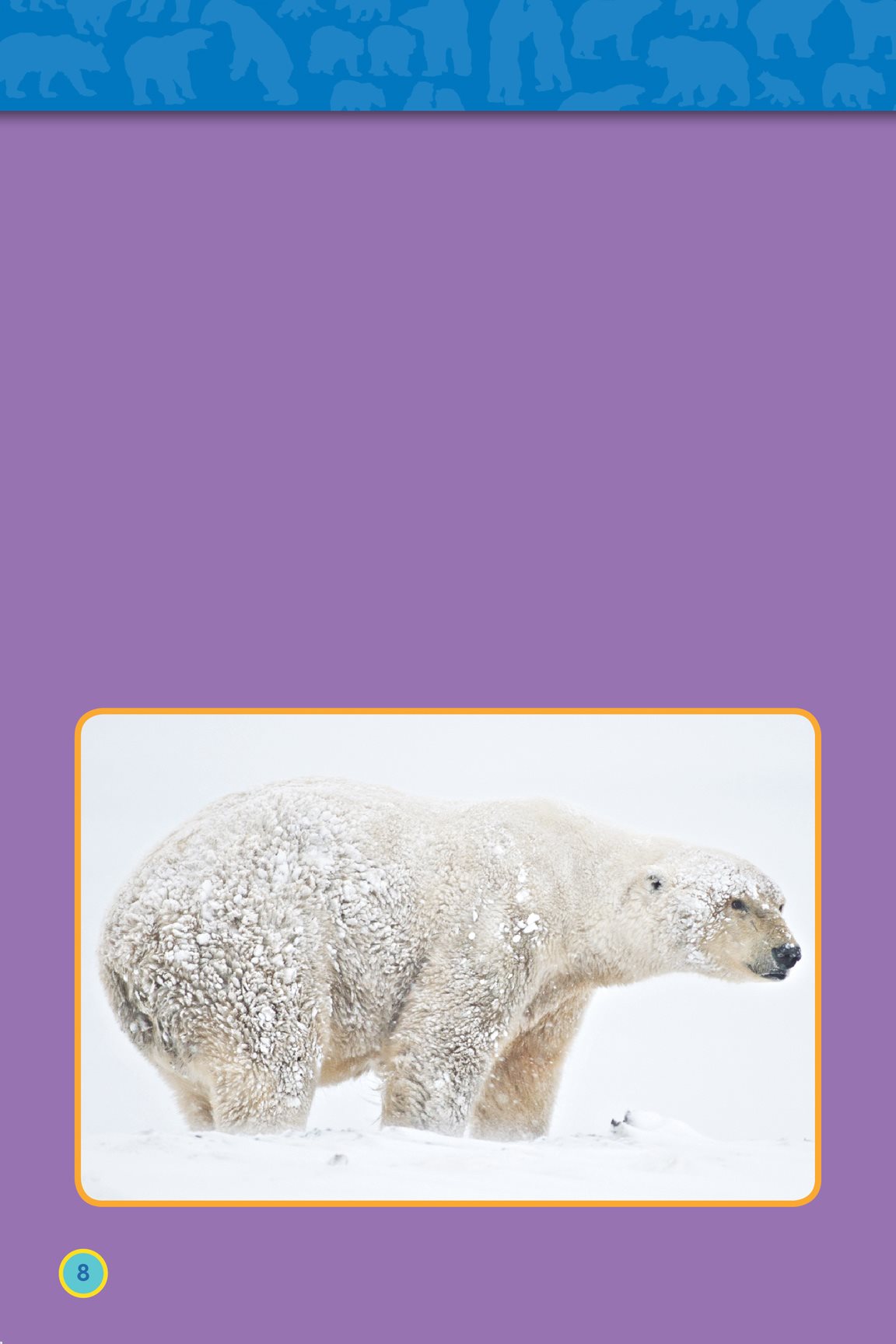
A polar bears body is built for
the Arctic. These bears have thick
fur to keep them warm.
Polar bears have thick fat, too.
The fat keeps body heat in and
keeps the Arctic cold out.
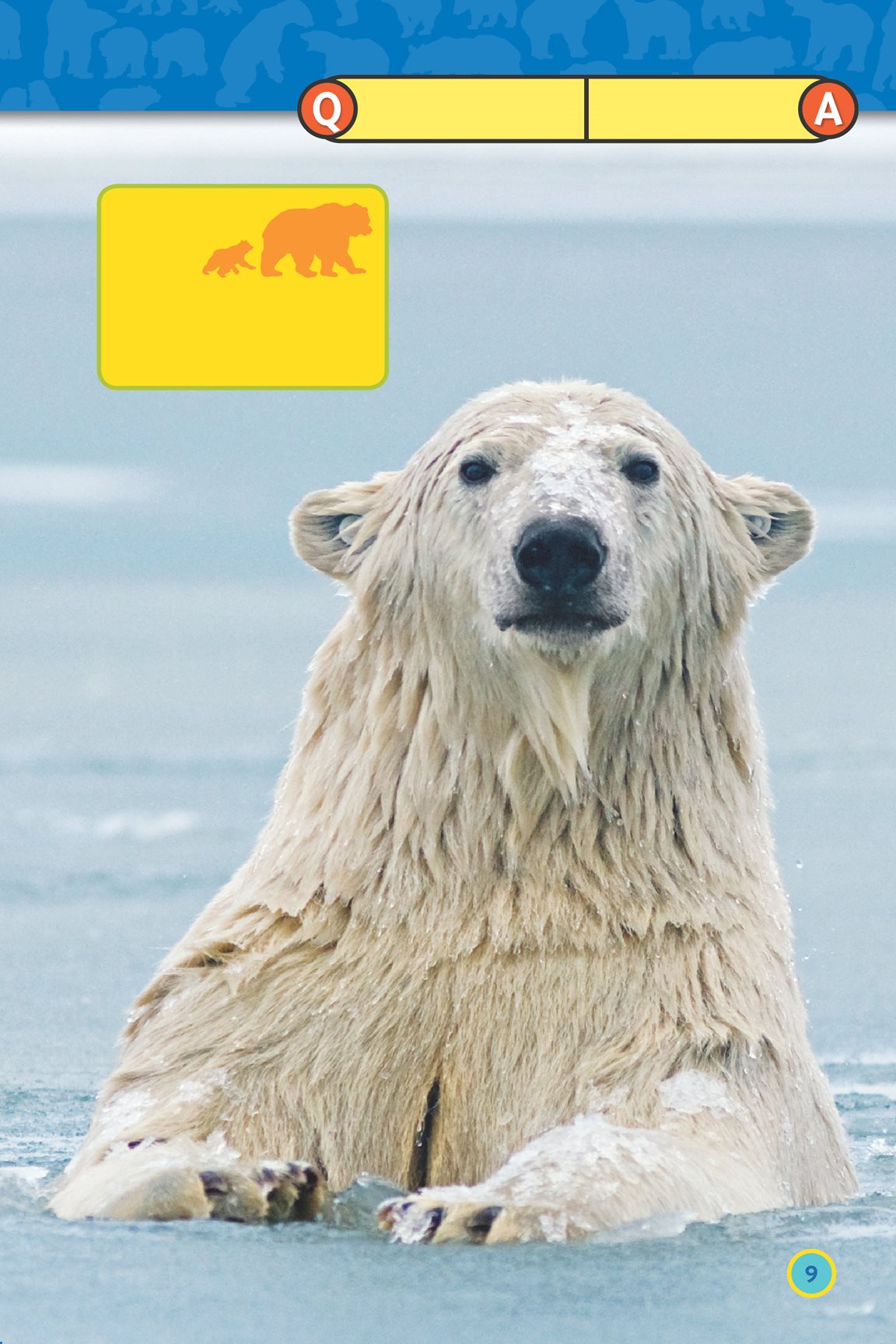
Word
Bite
ARCTIC: The area near
the North Pole, where
it is very cold
How do polar bears
stay cool?
They turn on bear
conditioning!
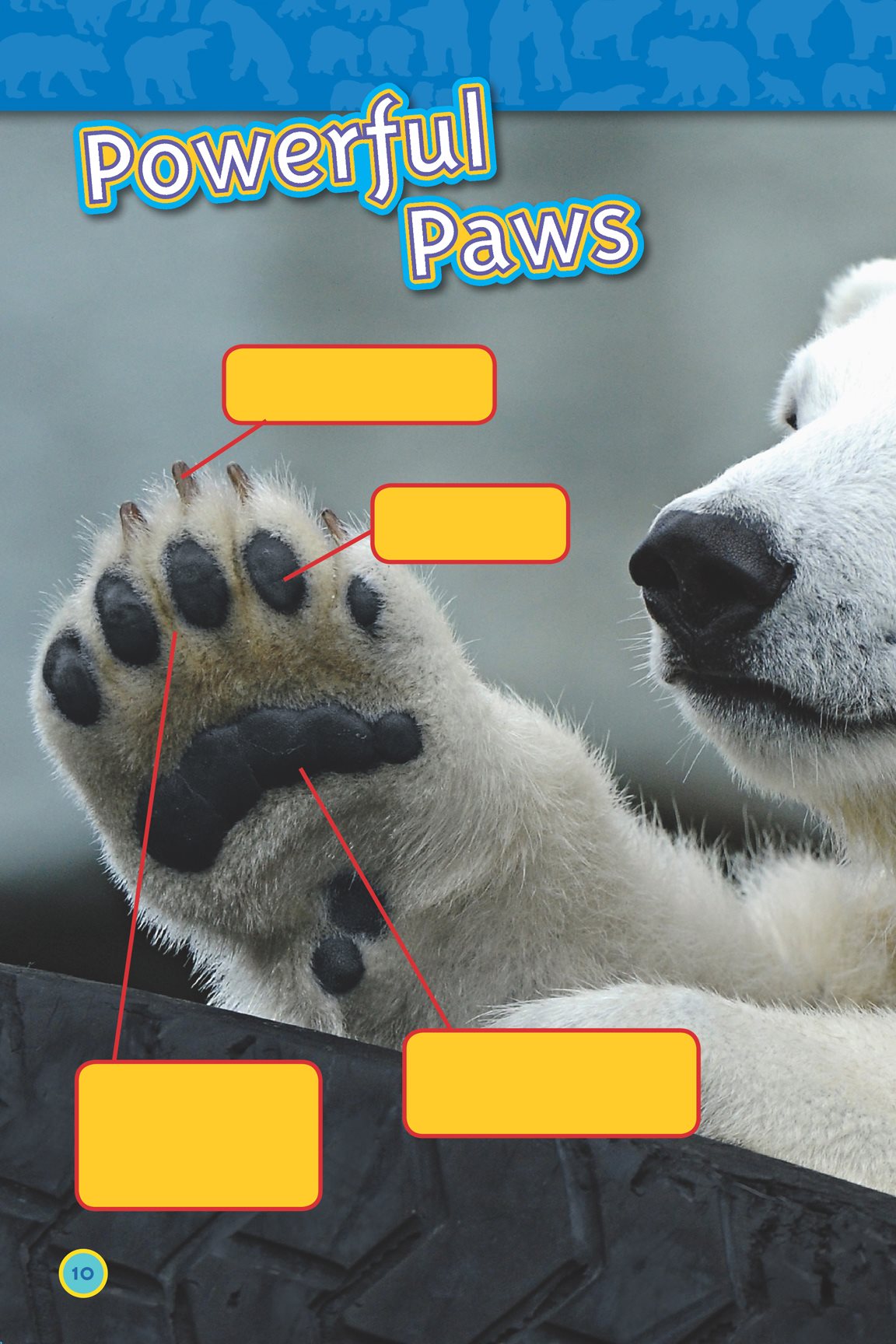
Front paws are
webbed, like ducks
feet. This helps
polar bears swim.
Long, thick, curved
claws grab food easily.
Thick pads keep
feet warm.
Bumps on the footpads
keep bears from slipping
on the ice.
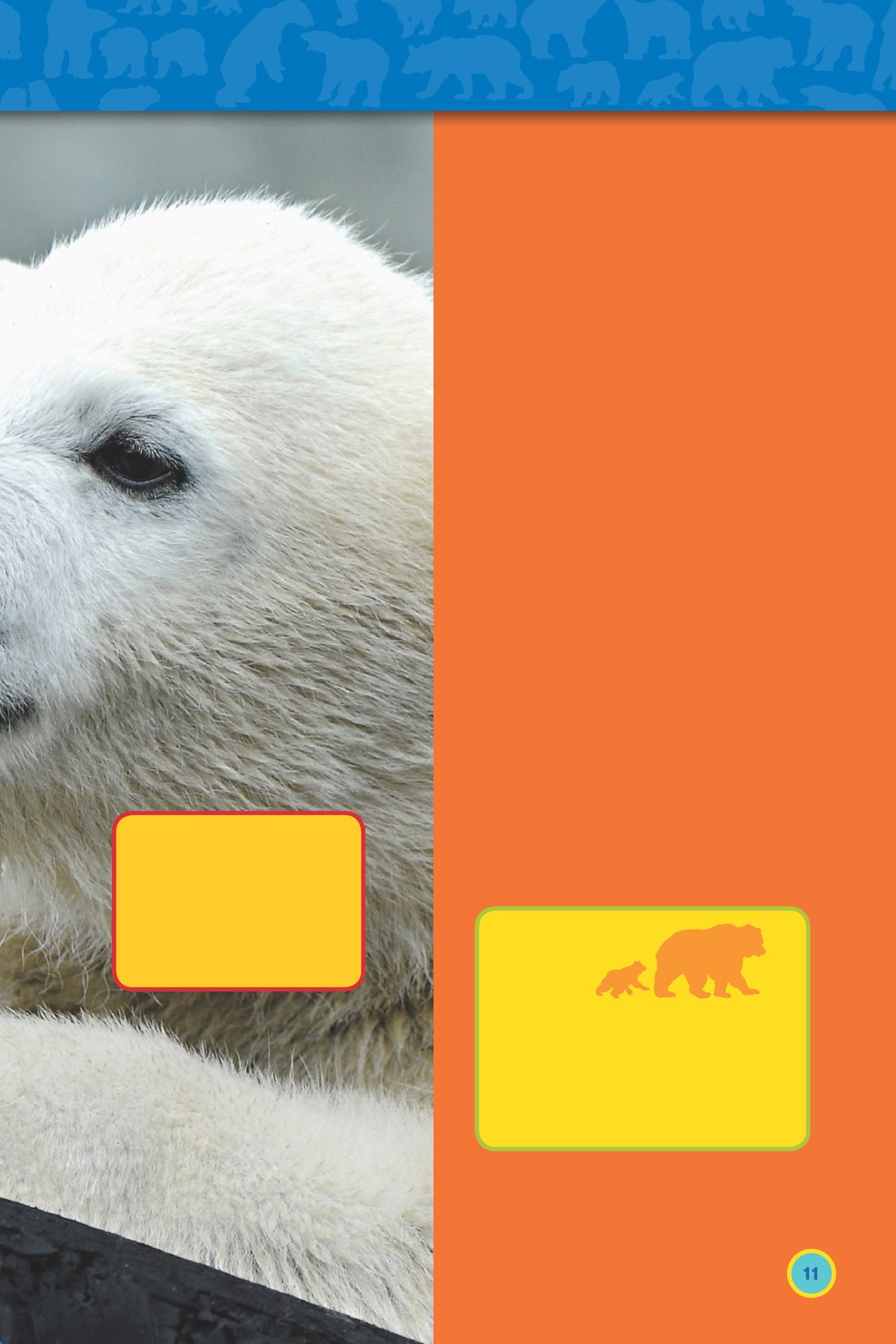
A polar bears
paws do many
things. Paws dig
dens in the snow.
They break the
ice to find food.
They also pull
food out of
the water.
Big paws keep bears
from sinking into
the snow. The paws
are larger than a
dinner plate!
Word
Bite
DEN: A hidden hole where
a wild animal lives. Polar
bear mothers have their
babies in a den.
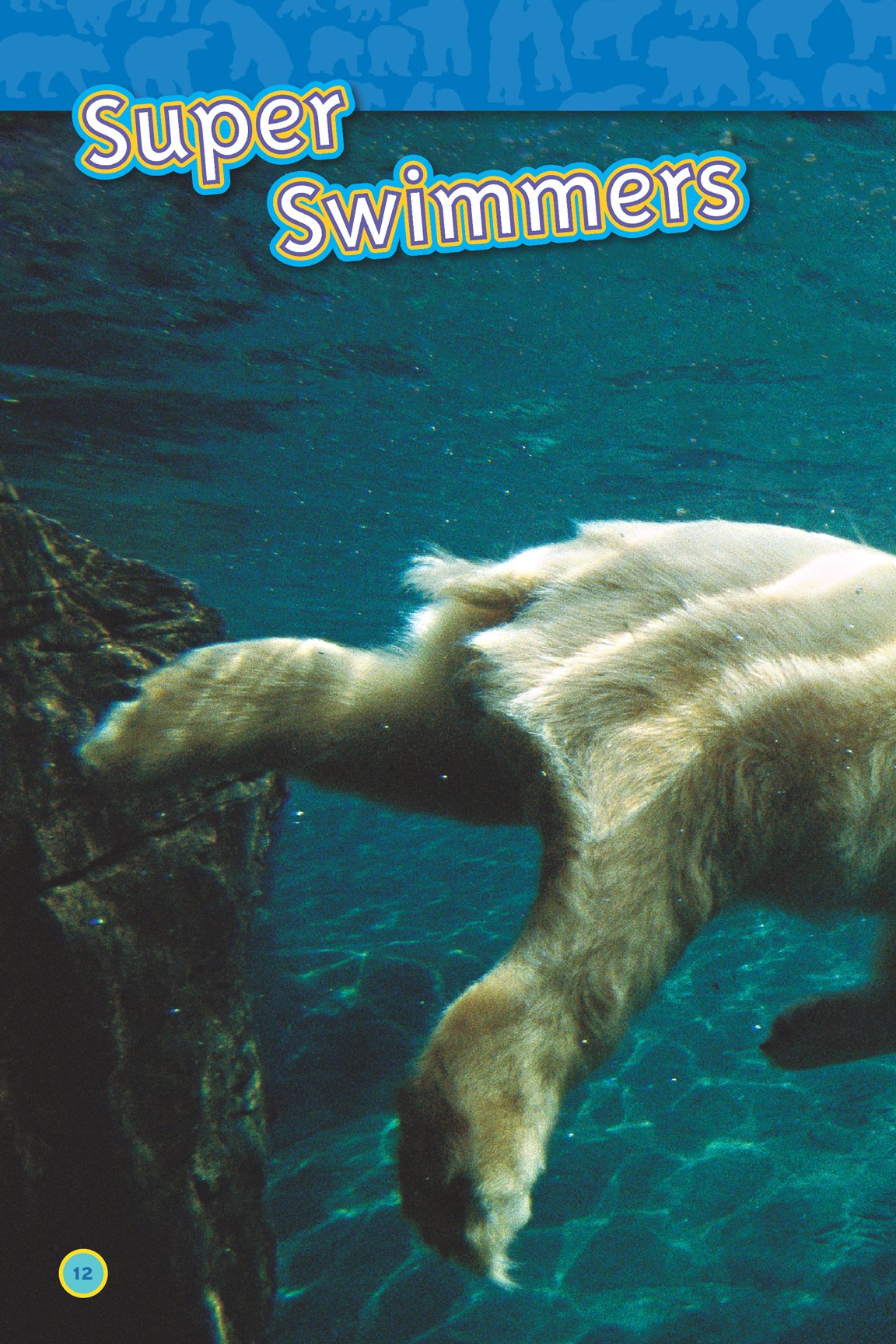
Polar bears are great swimmers.
They spend a lot of time in
the water.


